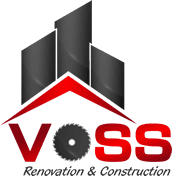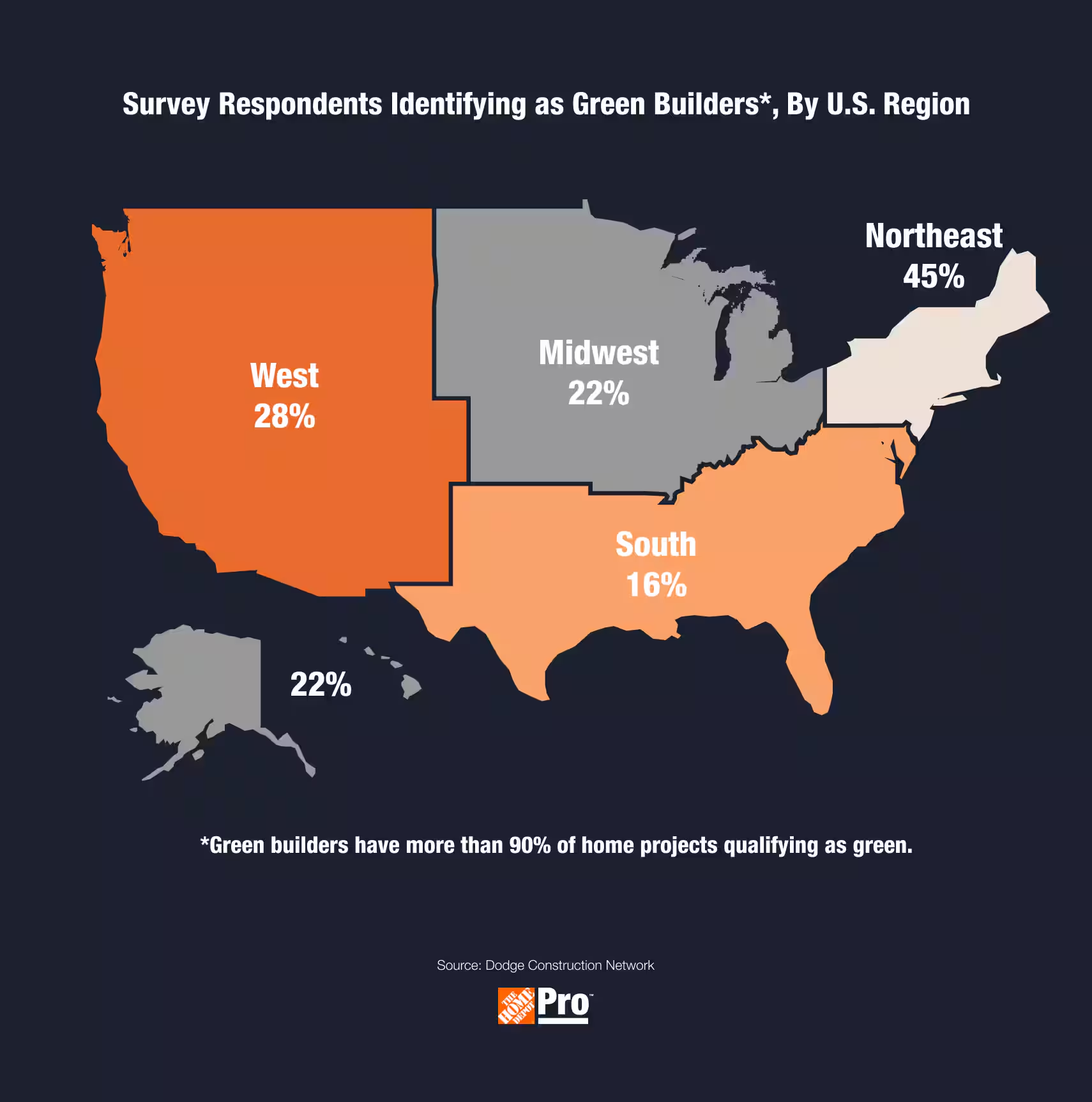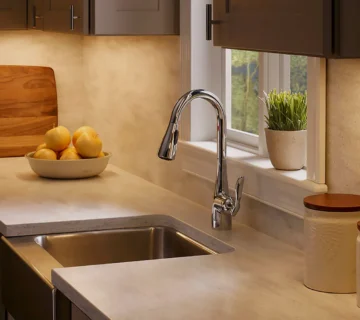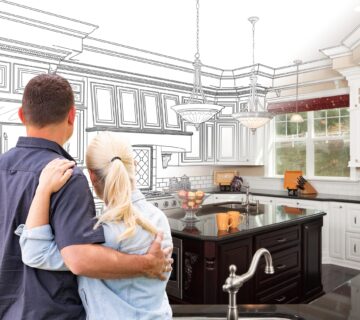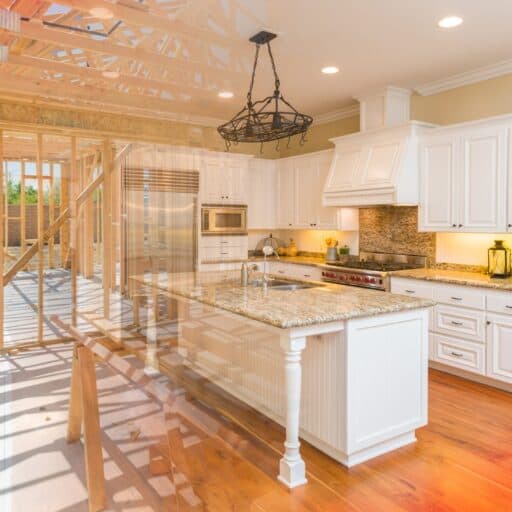GREEN PRACTICES INCREASE IN BUILDING AND REMODELING
Home builders and remodelers are increasingly using green products and practices, according to a Dodge Construction Network survey of 250 builders and remodeler.
The survey found that more respondents identify as green builders (1%) and remodelers (5%) compared to five years ago. In addition, the respondents who reported no green engagement dropped over the same time period, -2% for green builders and -7% for green remodelers. Green practices are becoming increasingly popular among builders and remodelers.
The term “green new homebuilders” refers to survey respondents with more than 90% of home projects qualifying as green. The following are the survey respondents identifying as green by U.S. region:
- 45% in the Northeast, the highest percentage of green builders
- 28% in the West
- 22% in the Midwest
- 16% in the South, the lowest percentage of green builders
The data indicates that green projects are more popular options in the Northeast and less popular in the South. Pros in the Northeast may see higher interest in green projects, but also more competition.
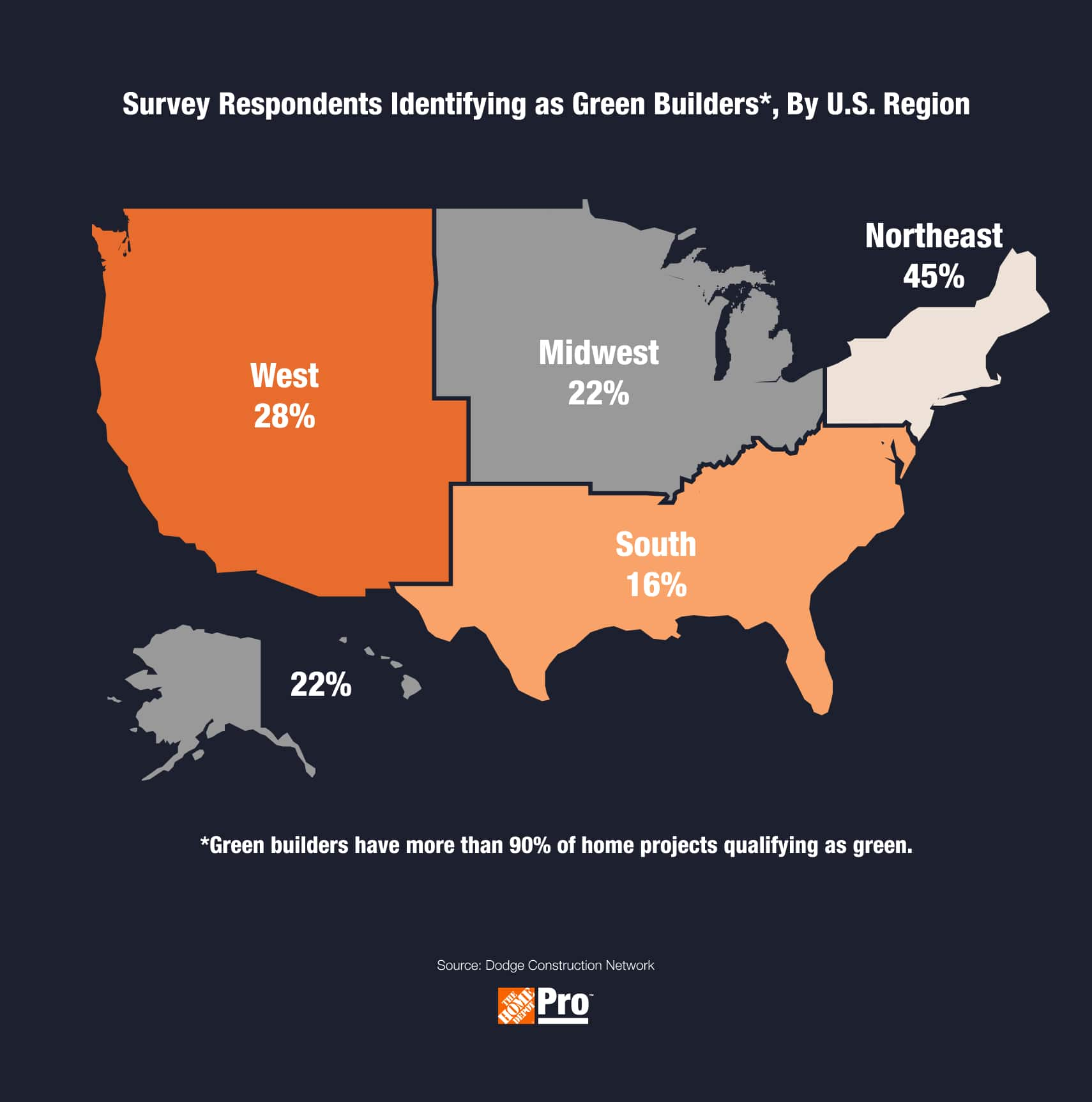
) Smaller remodeling firms reported doing a higher percentage of green projects compared to midsize or larger ones. Pros with smaller firms may have more flexibility to take on green projects.Energy efficiency was the most popular green practice in both new single-family home builds and remodeling, while water efficiency and healthier living indoor environments followed.The most widely used practices for energy efficiency are:• Right-sized HVAC systems• Energy Star-certified appliances• Windows exceeding code minimums for energy performance• Insulation exceeding code minimums
Smaller remodeling firms reported doing a higher percentage of green projects compared to midsize or larger ones. Pros with smaller firms may have more flexibility to take on green projects.Energy efficiency was the most popular green practice in both new single-family home builds and remodeling, while water efficiency and healthier living indoor environments followed.The most widely used practices for energy efficiency are:• Right-sized HVAC systems• Energy Star-certified appliances• Windows exceeding code minimums for energy performance• Insulation exceeding code minimums
More than half of builders and remodelers report sizing home electrical panels to accommodate EV chargers.
Water-conserving faucets, fixtures and appliances such as tankless water heaters were used by more than three-quarters of builders and remodelers.
Healthier living indoor environments include enhanced air filtration and low-VOC paints and other products.
The most popular methods for conserving materials are minimizing construction waste and using prefabricated components such as trusses. (For information on how to build roofing trusses, see “Pro Guide to Roof Framing.”)
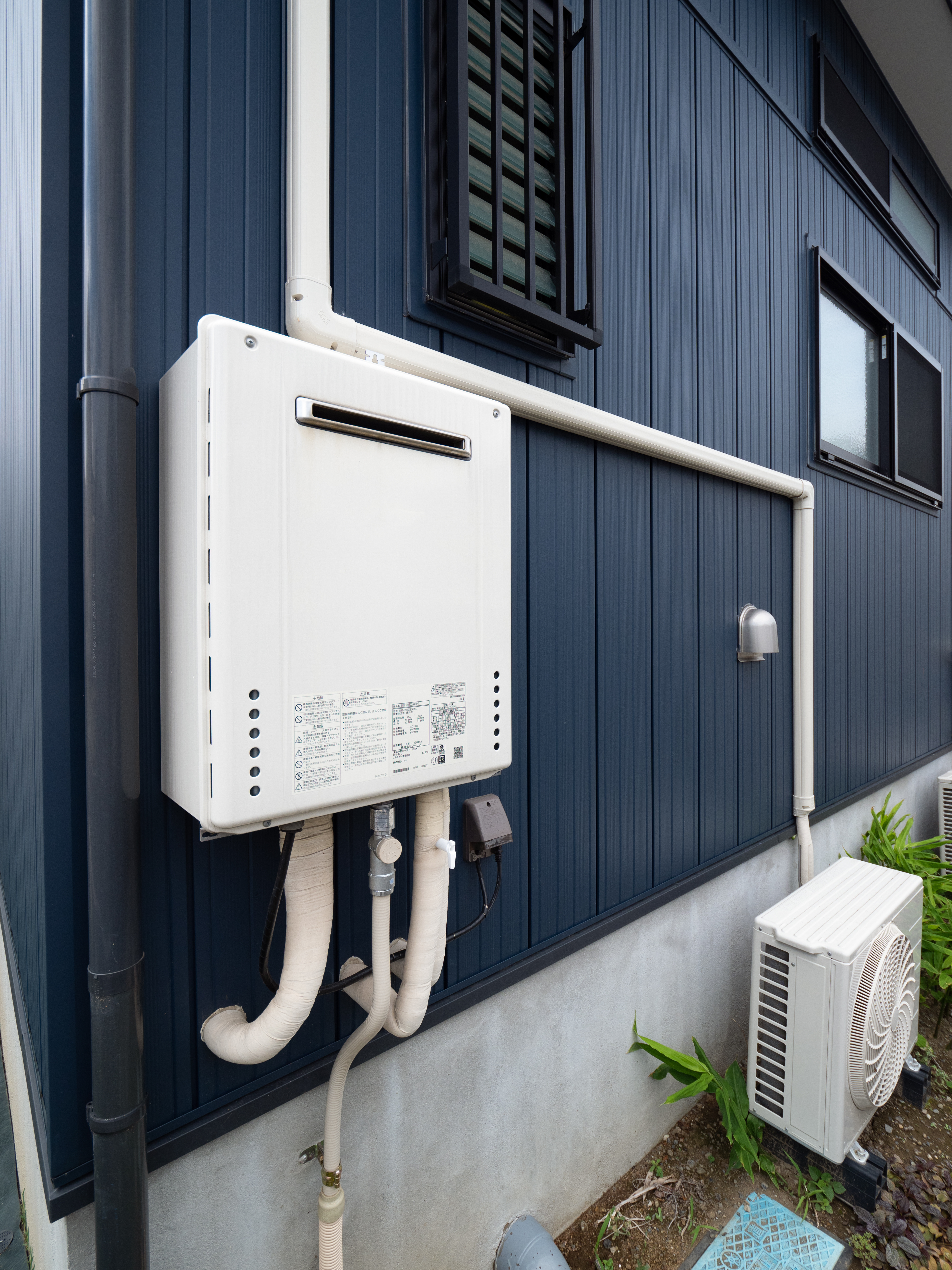)
This material is referenced from; T. H. D. (n.d.). GREEN PRACTICES INCREASE IN BUILDING AND REMODELING. HomeDepot.com. https://www.homedepot.com/c/pro-forecast-building-materials-rise
